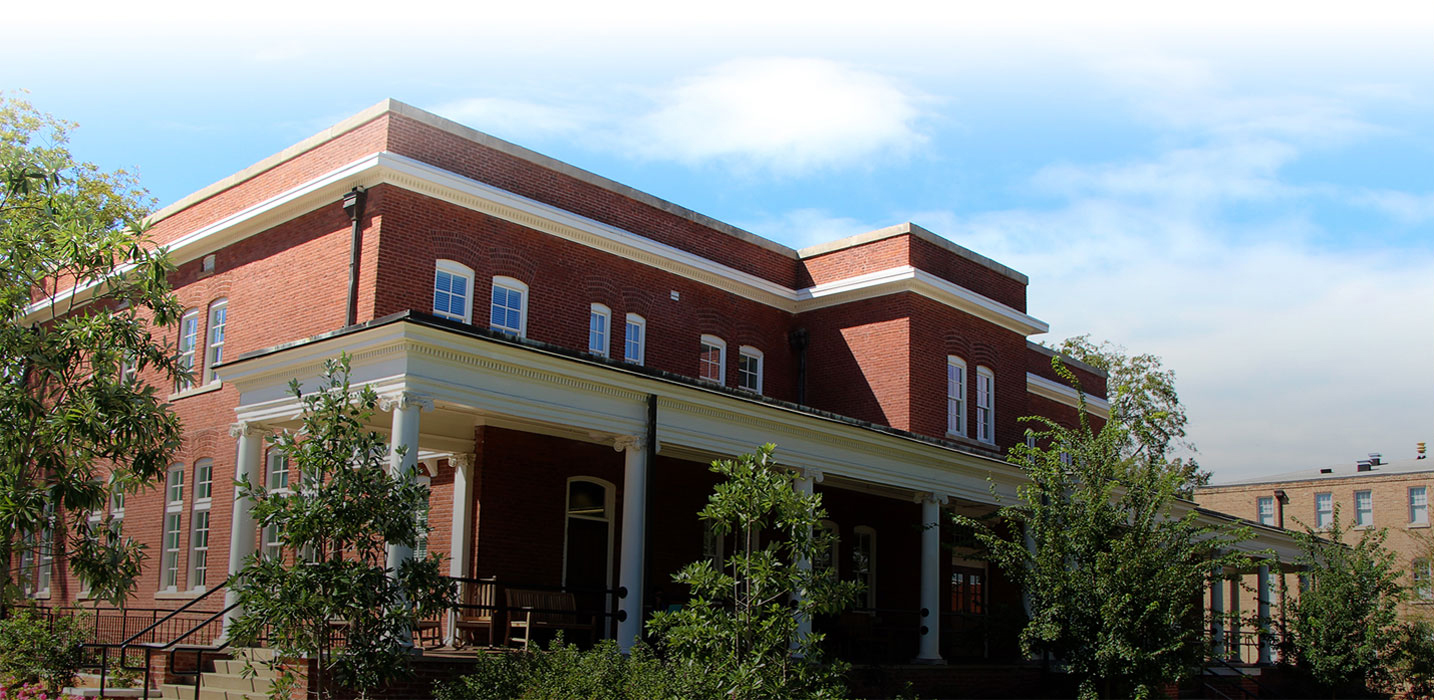Treating high blood pressure is expensive. According to the American Heart Association, hypertension costs the U.S. healthcare system $48.6 billion each year. Typically, controlling high blood pressure is left up to community-based interventions, which largely succeed in reducing illness and deaths related to heart disease, but it’s still unclear if these programs are saving money.
The answer is complicated, according to a new research from the University of Georgia.
Dr. Donglan “Stacy” Zhang, assistant professor of health policy and management at the University of Georgia College of Public Health led an analysis of 34 studies describing economic evaluations of community-based hypertension interventions.
“Most studies show that community-based hypertension interventions are cost effective,” said Dr. Zhang, “but, many of these studies used different indicators or measures of cost effectiveness. From an economic perspective, this is not ideal.”
Health education programs are the most popular type of intervention, and many of the studies Dr. Zhang reviewed focused on the economic value of these programs. In general, the findings suggest that these programs are cost effective.
On average, it costs around $14,000 to restore a pre-hypertensive patient to ‘perfect health’ using an education intervention. This measure is known as a quality adjusted life year (QALY), and translating health outcomes into QALYs is standard practice in economic evaluation. An intervention that falls below $50,000 QALYs is considered cost effective.
Unfortunately, most of the studies Dr. Zhang reviewed didn’t use this common measure. Instead they often reported cost in dollars per milligram of Mercury reduction.
“We think a better economic analysis would include measures for monetary values for hypertension reduction, so what does it mean to prevent hypertension in one patient,” she said. “We can translate that into monetary values.”
Dr. Zhang offers an example of a standard cost-benefit analysis. If an intervention can prevent one hypertensive patient, and that saves $1,000, and then health professionals can make the case to the policymaker that supporting the intervention can save money.
“But some people do not like those monetary values,” said Dr. Zhang. “They think we should value life, not money.”
While health outcomes are important, the monetary value of reducing hypertension is equally important, says Dr. Zhang. Once it’s clear that an intervention improves health, the next question should be, are these programs sustainable?
“Public health researchers may focus on how many cases we can prevent,” she said, “but for the policymakers and funding agencies, they really want to know whether it’s worth the money.”
For now, it seems community-based health education interventions are our best bet, and there is good evidence that these programs are cost effective and may save money for the healthcare system in the long-term.
But, to best understand the economic sustainability of high blood pressure prevention and treatment, Dr. Zhang says, future research needs to standardize cost-effectiveness measurements, which will make economic evaluations more transparent and informative and make the evidence stronger.
“Policymakers can use this evidence more easily, which shows a certain type of intervention is cost-effective across different communities and under different scenarios, and in particular when they want to translate a demonstrated community intervention into practice to impact their own target population,” she said.
“A Systematic Review of Economic Evidence on Community Hypertension Interventions” was published in the American Journal of Preventive Medicine and can be found online.
Dr. Zhang’s co-authors are Dr. Guijing Wang with the Division for Heart Disease and Stroke Prevention and Dr. Heesoo Joo with the Division of Global Migration and Quarantine, both at the Centers for Disease Control and Prevention.
– Lauren Baggett
Posted December 8, 2017.
Originally published in the Dec. 8, 2017 edition of the ASPPH Friday Letter.







